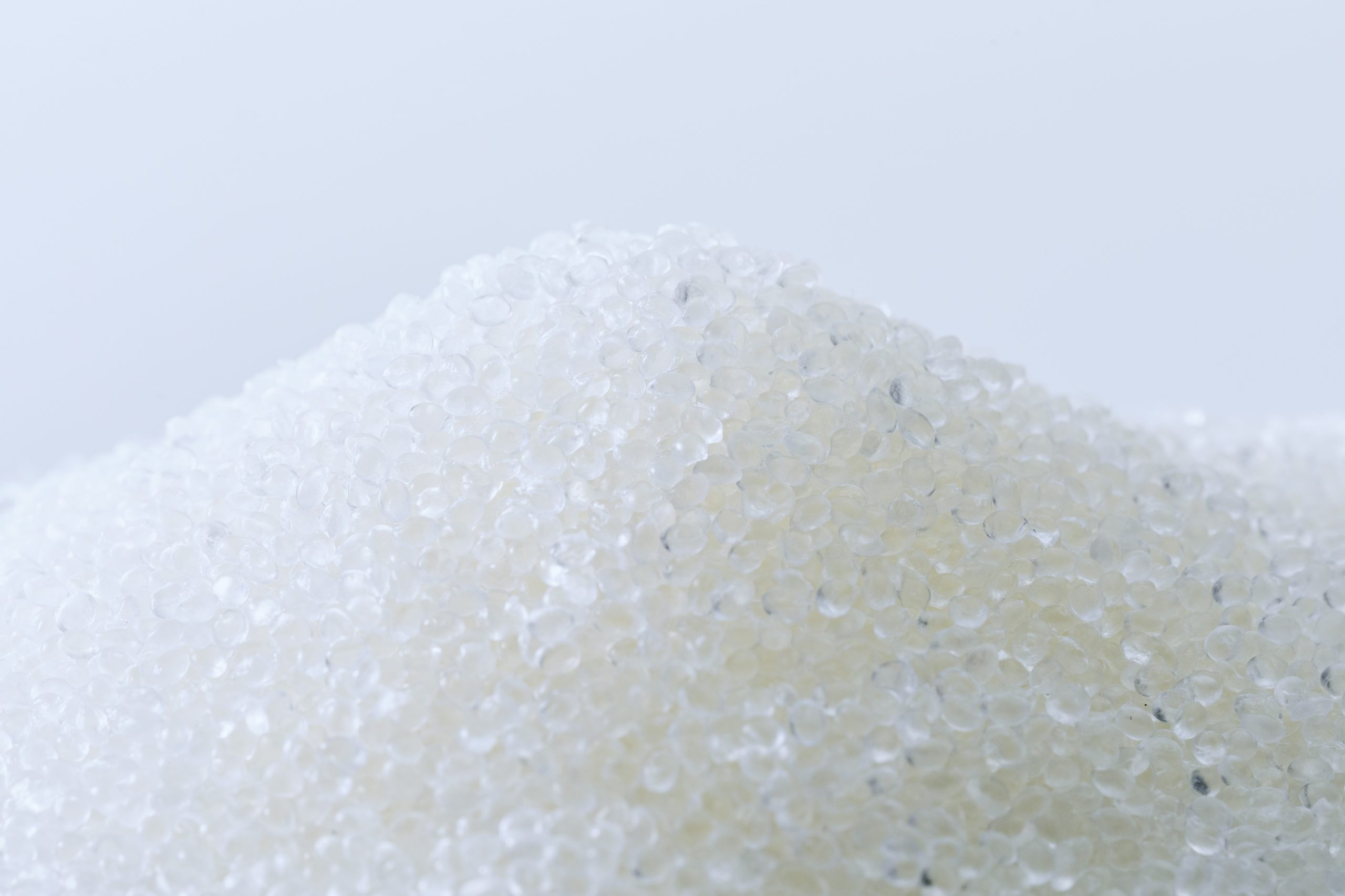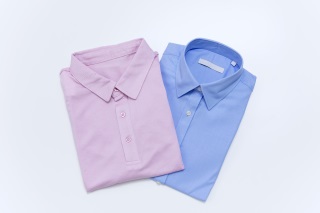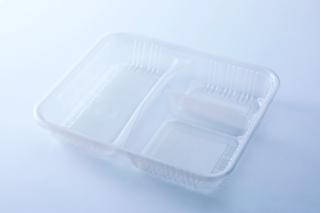ハイケム株式会社(本社:東京都中央区 代表取締役社長:高潮(たか うしお)、以下ハイケム)が事業戦略パートナーシップ契約を結ぶ、中国の大手食品添加物メーカーの安徽豊原集団有限公司(本社:中国安徽省蚌埠市 以下「豊原集団」)の子会社である安徽豊原福泰来聚乳酸有限公司が、8月14日(金)にPLA(ポリ乳酸)の量産化に成功しました。
これに伴い、ハイケムは日本での生分解性材料の販売体制を整え、PLAの日本での販売を開始するとともに、PBAT(ポリブチレンアジペートテレフタレート)など他の生分解性材料についてもマーケティング活動を開始します。
今般稼働を開始した、豊原集団のPLA製造工場の生産能力は5万トン/年で、2021年には10万トン/年に増強させ、今後5年以内に生産能力100万トン/年に達する計画です。
1. PLA(ポリ乳酸)とは?

特徴1:生分解性樹脂
生分解性樹脂とは、使用後は自然界に存在する微生物の働きで最終的に水と二酸化炭素に分解され、自然界へと循環する樹脂のことを言います。PLAは生分解が比較的遅いため通常の樹脂と同様に使うことができます。
特徴2:バイオマス樹脂
トウモロコシなどのバイオマス資源を原料に製造される樹脂で、焼却処分した場合でも、バイオマスの持つカーボンニュートラル性から、地球温暖化に影響を与えるCO2濃度を上昇させないという特徴を有しています。
特徴3:熱可塑性樹脂
押出成形や射出成形など汎用プラスチックと同様に種々の方法で成形が可能です。
PLAは上記1から3の特徴を併せ持つ環境配慮型樹脂として高い関心を集めています。
また、PLAで作られた製品には優れた生体適合性、光沢、透明性、手触り、耐熱性を有しています。更に、抗菌性も兼ね備えているため、幅広い用途が期待できます。
2. PLAのマーケット
2019年の世界におけるPLAマーケットは約20万トンと推定されていますが、欧州などで採用が加速しており、需要の伸びが供給力を上回っているのが現状です。また、日本のマーケットは約5,000トンと推定されており、日本でも需給がひっ迫しています。今般、豊原集団が5万トン/年のプラントを完成させることで、世界第3位の規模を有するPLA供給メーカーとなり、2022年に生産能力を急成長させることにより、世界最大のPLAサプライヤーとなる予定です。
 世界のPLAの供給企業の生産能力
世界のPLAの供給企業の生産能力
3. ハイケムの取り組み
今般ハイケムが取り扱いを開始するのは、押出成形用途、射出成形用途、繊維・不織布用途の3種類です。押出成形用途は、フィルムやシートに展開、射出成形用途はお弁当や野菜、果物などの食品包装容器や精密部品、コンパウンド原料などに展開します。また、繊維・不織布用途においては、アパレル製品、マスク、ティーバッグなどの不織布などに展開していきます。繊維用途につきましては、ポリ乳酸の持つ抗菌性や弱酸性などの特徴にも注目しベビー服やインナーなどへも展開します。また、国内アパレルメーカーと協業することで、PLA混合繊維などへの拡販を図ります。
PLAを使用した製品の一例
PLA100%のポロシャツ

PLA50%、カシミア50%

PLAの食品包装容器

4. ハイケムの今後の取り組みと将来の展望
ハイケムは、日本市場において2023年までに日本マーケットにおけるPLAの流通量を倍増させることに加え、汎用ポリエチレンに似た特性を有するPBAT(ポリブチレンアジペートテレフタート)や、海洋環境下でも生分解性を有する素材など、幅広い生分解性材料の取り扱いも強化してまいります。
また、中国では河川などへの汚染問題が深刻になってきており、ハイケムでは生分解性材料こそ海洋プラスチック問題やマイクロプラスチック問題を解決する糸口になると考えています。現在、中国ではこれらの問題への関心が高まり、生分解性材料のサプライヤーが台頭してきています。ハイケムは、日中の架け橋として、これらのサプライヤーと緊密な関係を構築し、高い技術力を有する日本の材料メーカーとの架け橋となり、生分解性材料の世界的な普及に貢献してまいりたいと考えています。
【このリリースに関する報道機関からのお問合せ】
ハイケム株式会社 管理本部 総務部 黒岩英理子
TEL: 03-5542-0580 E-mail:kuroiwa@highchem.co.jp
